
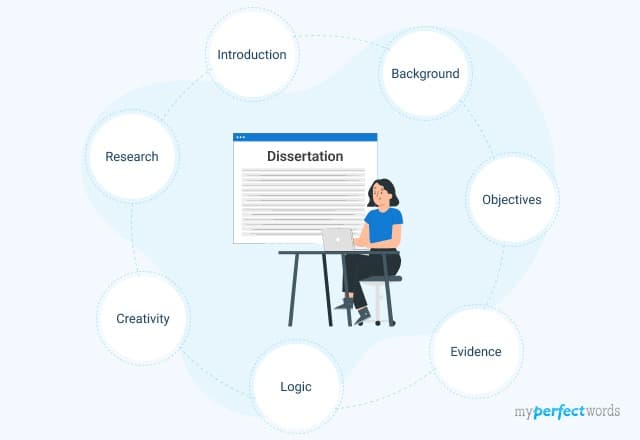
Your dissertation introduction sets the stage for the entire research project. It is where you have the opportunity to engage your readers and provide the necessary context for your study.
In this guide, we'll explore how to write a dissertation introduction, including the key elements, and a dissertation introduction outline.
We will also provide tips that will help you write an informative introduction.
So, let’s dive right in!
On This Page![]()
- 1. The Significance of a Strong Introduction
- 2. How to Write a Dissertation Introduction?
- 3. Dissertation Introduction Examples
- 4. Tips to Write An Engaging Dissertation Introduction
The Significance of a Strong Introduction
When writing a dissertation, the introduction holds great importance. Think of it as the front door to your research; it's the first thing readers encounter.
It can impact how people perceive your work and whether it meets the aims and objectives of the research. A strong introduction not only grabs their attention but also keeps them interested.
Here are the key questions your introduction should answer:
- What's the main research question?
- Why is your topic important?
- What does your research cover?
- What research methods will you use?
- What methods have you used for your research?
Let’s delve into detail about how to write a dissertation introduction!
How to Write a Dissertation Introduction?
Your dissertation introduction is your first impression. It helps your readers navigate your dissertation. It should be brief yet informative, guiding them through the important elements of your study.
Here is how to write an informative and engaging introduction:
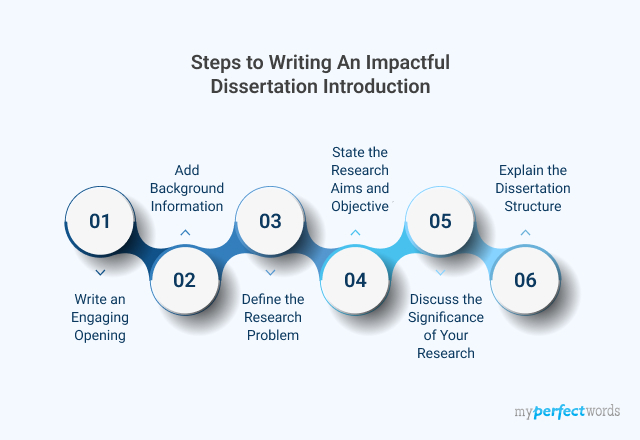
Step 1: Understand the Purpose of the Introduction
Before starting the writing process, it is important to understand the objective of the dissertation introduction.
This section helps the reader establish context and lays the groundwork for the entire dissertation.
Its primary function is to engage the reader while articulating the central research problem or question.
Step 2: Begin with an Engaging Opening
Start your dissertation introduction with something that grabs your reader's attention.
You can use an interesting statement, a short story, a surprising fact, or a question related to your topic. The main goal is to make the reader curious about your research.
Step 3: Introduce the Main Topic
Following the attention-grabbing introduction, proceed to introduce the primary topic of your research.
This should be a concise and clear statement that defines the scope of your study.
Step 4: Provide Background Information
Explain why your research is important. Talk about how your findings can make a difference in your field, for people, or in solving a particular problem.
Help your readers see why your research matters and is valuable.
Step 5: State the Problem or Research Question
The main point of your dissertation introduction is in the problem statement or research question.
This statement should be meticulously formulated to be explicit, focused, and specific, delineating the core issue your research endeavors to address.
Step 6: Outline the Objectives or Hypothesis
After stating the problem or question, outline what you want to achieve with your research or share your working theory.
These objectives or hypotheses should clarify your goals and what you expect to find, giving your readers a clear sense of where your research is headed.
Here is a basic outline for reference:
1.1 Introduction to the Topic
1.2 Background Information
1.3 Problem Statement or Research Question
1.4 Objective or Hypothesis
1.5 Significance of the Study
|
Note: This is a basic outline for a dissertation introduction, and can vary depending on the topic or your institute.
Step 7: Emphasize the Significance of the Study
Share how your research can have an impact in your field, on people, or in addressing a specific issue. Make it clear to your readers why your research is valuable and significant.
Step 8: Distinguish the Introduction vs. Literature Review
It's important to tell apart the introduction from the literature review. The introduction mainly introduces your research topic, provides background info, and frames the research problem.
On the other hand, the literature review, which comes later in your dissertation, thoroughly looks at existing research on your chosen topic.
Dissertation Introduction Examples
Take a look at these samples to have a better understanding of writing an introduction:
Title: Exploring the Impact of Climate Change on Global Biodiversity: A Multidisciplinary Analysis Introduction The world is currently facing one of the most significant challenges in recent history – climate change. As the Earth's climate continues to evolve due to various natural and anthropogenic factors, the repercussions for the planet's ecosystems and biodiversity are becoming increasingly evident. The rapid alteration of climate conditions, characterized by rising temperatures, altered precipitation patterns, and extreme weather events, has the potential to disrupt the delicate balance of life on Earth. The intricate interplay between climate change and biodiversity is a complex and multifaceted issue that has garnered substantial attention from the scientific community, policymakers, and the general public. Biodiversity, encompassing the vast array of species, ecosystems, and genetic diversity, is not only a fundamental component of the natural world but also crucial for the well-being and sustainability of human societies. Understanding how climate change affects biodiversity is of paramount importance, as it can inform conservation strategies, policy decisions, and human responses to the changing environment. This dissertation seeks to provide a comprehensive exploration of the impact of climate change on global biodiversity by taking a multidisciplinary approach. By integrating ecological, climatological, and socio-economic perspectives, this research aims to shed light on the intricate relationships between climate change and biodiversity loss. The dissertation will delve into the following key objectives:
This dissertation endeavors to contribute to the growing body of knowledge on climate change and biodiversity, offering insights into the current state of affairs and potential pathways for a more sustainable future. By adopting a multidisciplinary perspective, it aims to provide a holistic view of this critical issue, highlighting the interconnectedness of climate, ecosystems, species, and human society. In the pages that follow, readers will embark on a journey through the complex web of climate change and its implications for global biodiversity. The hope is that this research will not only inform the academic community but also resonate with policymakers, conservationists, and concerned citizens, inspiring collective action to address this pressing global challenge. |
This introduction example follows the dissertation structure and sets the stage for the dissertation.
Let’s take a look at some more samples to determine the dissertation introduction template:
Be sure to check out more dissertation examples of different academic levels to have a better grasp of dissertation writing.
Tips to Write An Engaging Dissertation Introduction
Here are some helpful tips to make your introduction for your dissertation engaging.
- Maintain a Cohesive Flow: Ensure that your introduction flows smoothly from one section to the next. Each part should logically lead to the next, creating a cohesive narrative.
- Revise and Edit: Rushing into the writing process is not a good idea. Revise and edit your introduction multiple times to eliminate errors and improve clarity. Consider seeking feedback from peers or advisors.
- Consider Dissertation Introduction Length: While the introduction should be comprehensive, a dissertation introduction word count should be at most 1000-1500 words. Be concise in your explanations to keep readers engaged.
- Use Clear and Concise Language: Avoid jargon and overly complex language in your introduction. Write clearly and straightforwardly so that readers can easily understand your ideas.
So there you have it!
Your dissertation introduction sets the stage for the entire research journey. Remember, a strong introduction not only captures interest but also lays the foundation for the impactful research that follows.
In case you need professional help, MyPerfectWords.com's dissertation writing service has got you covered!
We have professional dissertation writers who are always ready to provide custom writing assistance. We make sure that you get 100% unique and affordable help online.
So contact us anytime, or tell us 'just do my essay', and expect the best outcomes from us at hand.
Frequently Asked Question
How long should a dissertation introduction be?
Typically, a dissertation introduction is around 5-10% of the total word count, but it can vary. It should be comprehensive but concise.
What is the difference between the introduction and the literature review?
The introduction provides context and introduces the research, while the literature review summarizes existing research on the topic.
What should I consider when writing the background and rationale in the introduction?
Provide context by explaining the historical, theoretical, or practical background of the research problem and justify why it's worth studying
How do I justify my chosen research methods in the introduction?
Briefly explain how your chosen methods align with your research objectives and are appropriate for addressing your research problem.
How can I ensure a smooth transition from the introduction to the literature review?
Use transitional sentences that bridge the gap between the introduction and the literature review, indicating the relevance of the research problem to the existing literature.
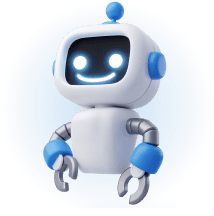
Write Essay Within 60 Seconds!
Use our AI tool to generate high quality essay-18976.png&w=256&q=75&dpl=dpl_Gdsvp7W41w43ZdA5Qu4MrGDa9Trz)
WRITTEN BY
Amanda K.
UPenn English grad completing academic assignments. I deliver quality work across subjects and formats.
Keep reading
Dissertation Writing - Guide, Examples & Template
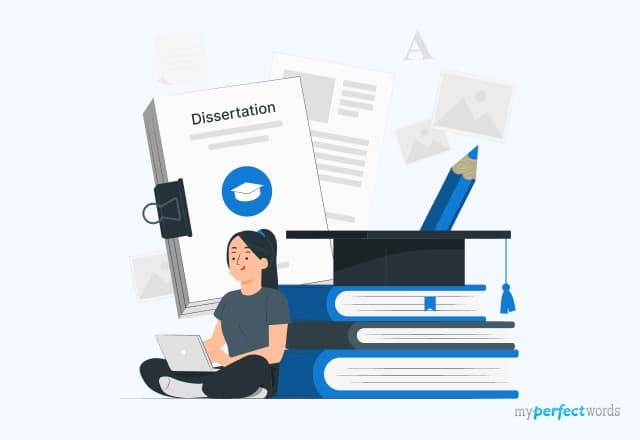
Dissertation vs. Thesis - Differences & Similarities
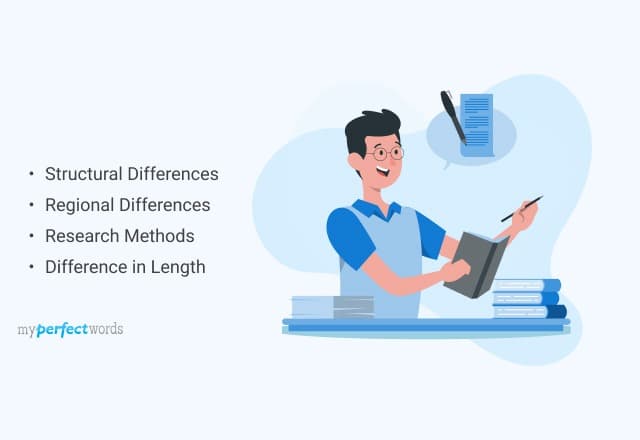
Extensive Dissertation Topic Ideas for Valuable Research
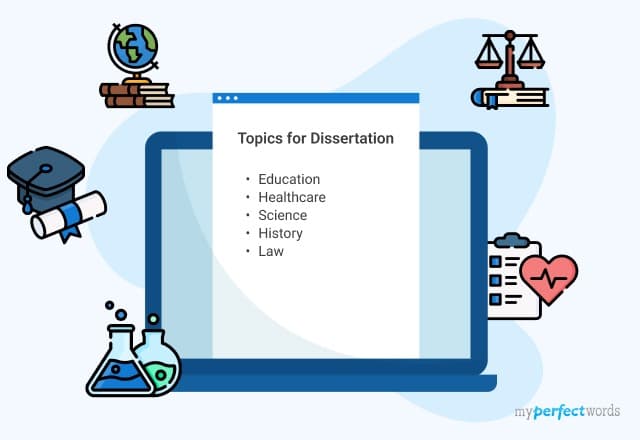
Dissertation Structure - A Complete Guide on Layout
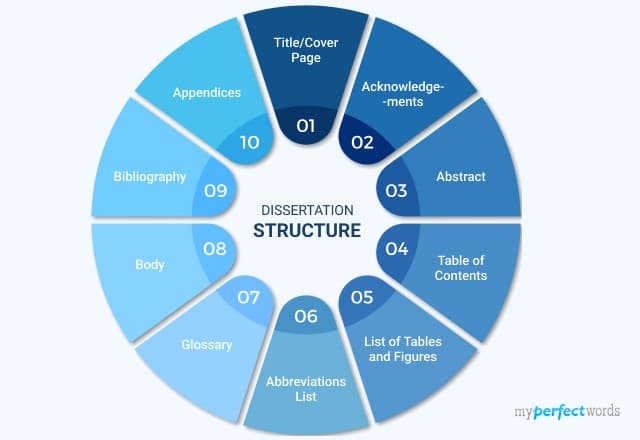
Dissertation Proposal: Writing Guide & Examples

Easy Dissertation Examples for All Students

How to Cite a Dissertation in Different Citation Styles

Dissertation Abstract Writing - A Quick Guide
